I mentioned the Kerry cow in an earlier post, and this afternoon I braved the lashing rain to visit the Dingle farmer with whom we’ve been working toward using the milk in our ice cream. One of his cows had twins last week, and that means the some Kerry cow milk will be coming our way again soon!
The Kerry cow is different from the Friesian (Holstein) cows that you usually see about the place. It is an indigenous and very rare breed that is smaller, hardier, and generally much more alert and healthy looking.
I can’t wait to try making ice cream again with it!
What really excites me is that I think projects like this (i.e. farmers working with artesian food producers) can be one way that small Irish farmers can survive in the future of deminished or abolished subsidies.
Another way would be agritourism. It certainly seems that more Irish farmers should be looking at it, especially in Dingle or other places that are lucky enough to have a good flow of tourists.
They are mad for it in Italy, where people pay a fortune to pick olives, and in the US even movies have been made about city boys paying to round-up cattle at a dude ranch. Farmers gain income by offering lodgings and meals and can not only avoid having to hire help at harvesting time but get people who pay handsomely for the privilege. What could be bad about that?
Perhaps the problem here is that so many Irish people couldn’t wait to leave the farm themselves and move to the city to try to make a better living (my own family included). Perhaps the farmers who are left are so used to this state of affairs that they can’t see why anyone would want to come back, even as a tourist. But many city people see a week on a farm as a way of bringing balance back into their lives, and I think this trend will grow.
In fairness, agritourism does exist in this country in various forms, and even in Dingle with its pet farms and corn maze. There are other Irish farms at it including Sweetbank in Wicklow with its sublime fruits and farm shop/cafe, which an excellent example of how it can work…
Technorati tags: agritourism, ice cream, farm, cow, Kerry, Dingle












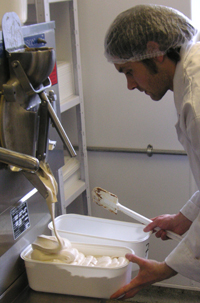
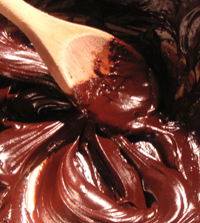
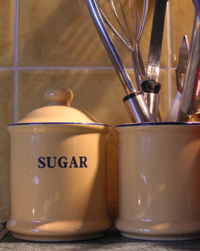
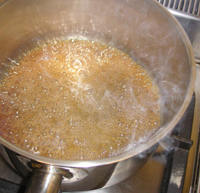
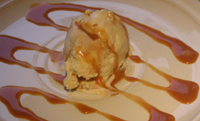
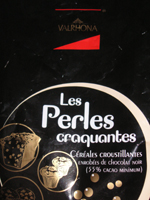
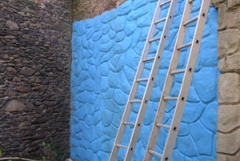
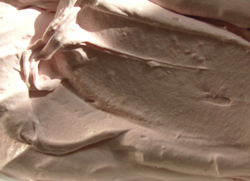 I am now back in Ireland and back to work. The cold shouldn’t be such a shock, but it is!
I am now back in Ireland and back to work. The cold shouldn’t be such a shock, but it is!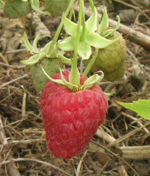 We also froze some raspberries, and I dug them out to make some ice cream, thinking that there is nothing better in the cold of February than a taste of summer. So I made two batches, one simply with raspberries, the other with raspberries and dark chocolate shavings.
We also froze some raspberries, and I dug them out to make some ice cream, thinking that there is nothing better in the cold of February than a taste of summer. So I made two batches, one simply with raspberries, the other with raspberries and dark chocolate shavings.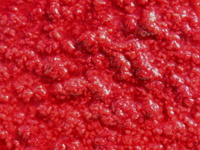 Since the raspberries were off the farm, I decided cooking was the best route, as it also pasteurises away any bacteria that might be lurking. I used about 10% sugar to volume, added about 5% lemon juice, cooked to a boil (see above), and then cooled immediately. If you try this, don’t cook it for long, or the fruit will lose all its fresh taste and will taste like jam!
Since the raspberries were off the farm, I decided cooking was the best route, as it also pasteurises away any bacteria that might be lurking. I used about 10% sugar to volume, added about 5% lemon juice, cooked to a boil (see above), and then cooled immediately. If you try this, don’t cook it for long, or the fruit will lose all its fresh taste and will taste like jam!